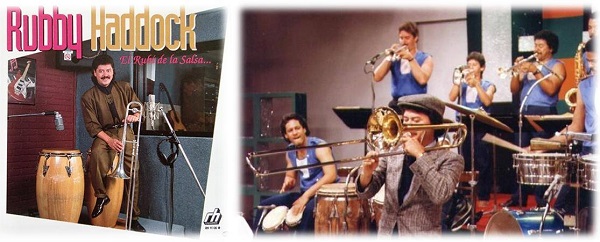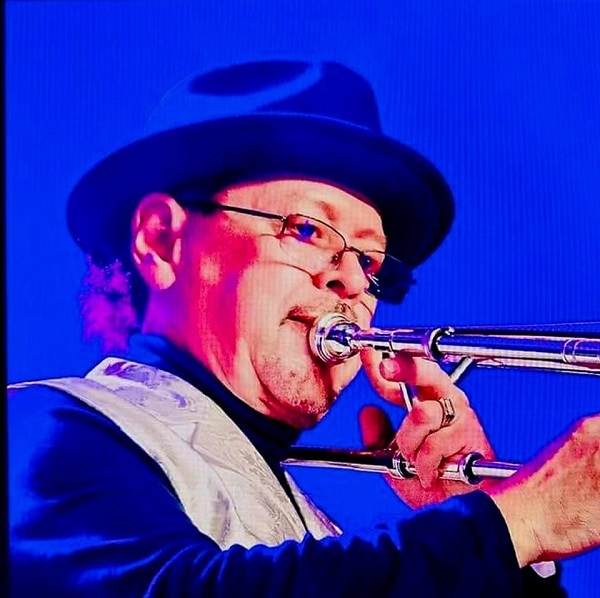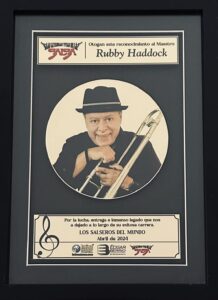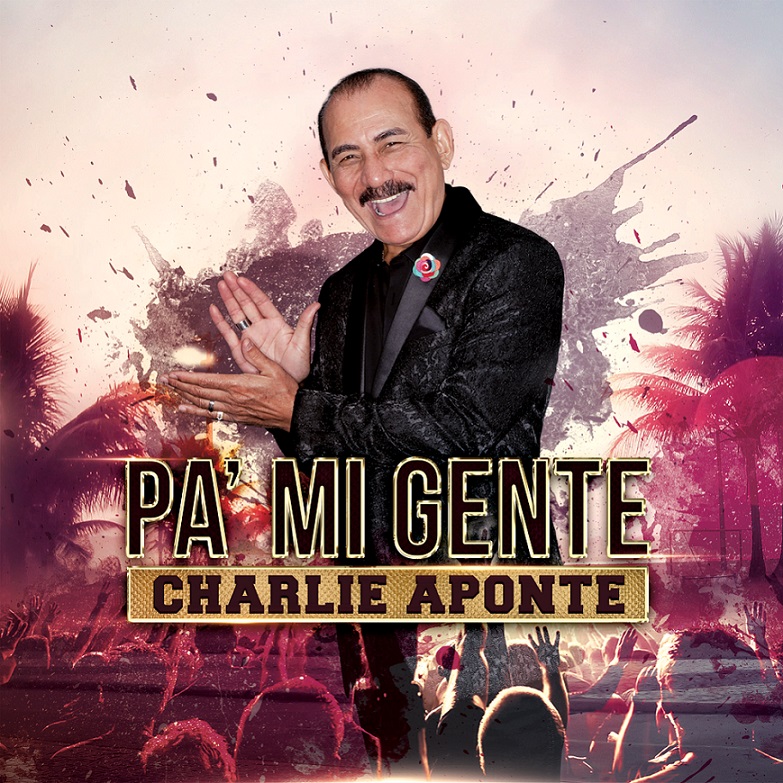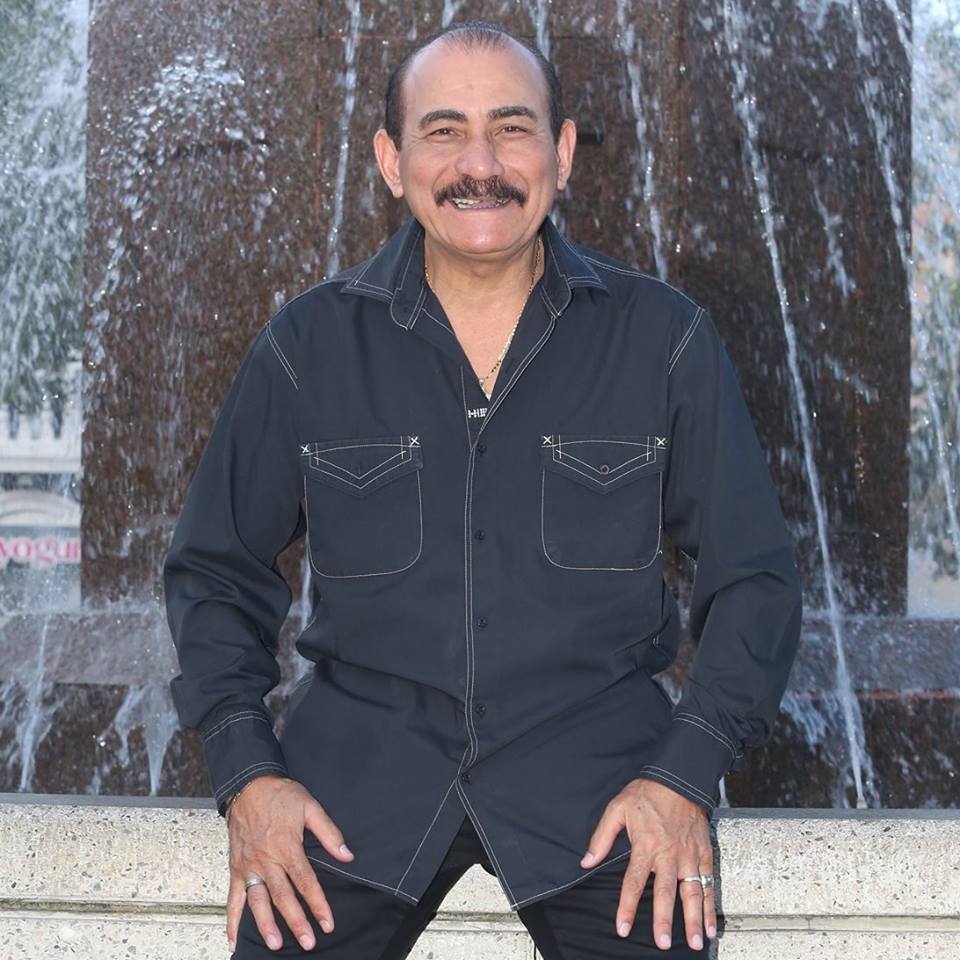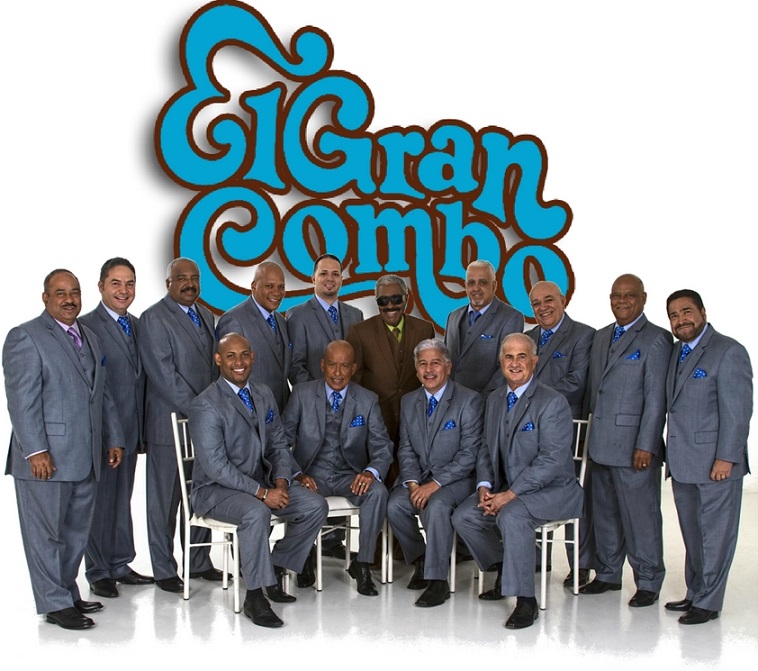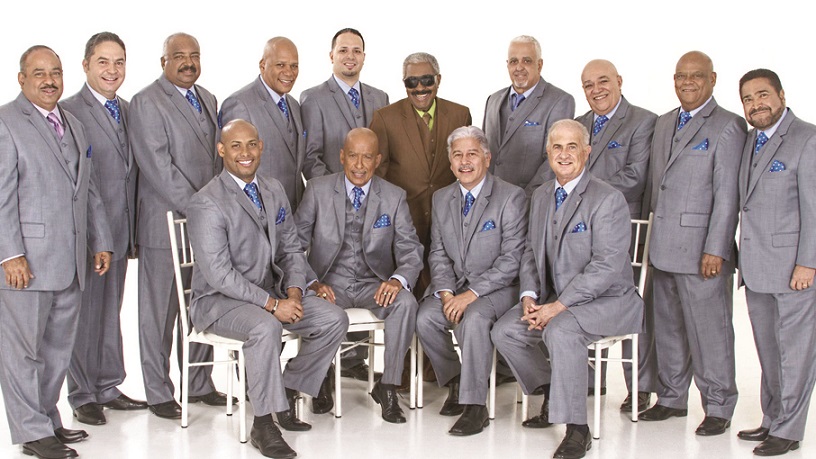Europe / Peru
After the worldwide success of their previous work on the best dance floors, the Candela Salsa Orchestra makes a new foray into the sound of legendary sextets like Joe Cuba’s, seasoned with the characteristic sound of the vibraphone. The DJs at conferences and salsa parties, who support Candela’s work worldwide, have had a lot to do with this success, such as:

DJ Pablo Bat (Spain), DJ Hugo Leite (Portugal), DJ Chino (Colombia), DJ Momo (Japan), DJ Lasse (Norway), DJ Antonio La Conga (NYC), DJ Mauri (Holland), DJ David Muñoz ( Germany), DJ Toni (Switzerland) or DJ Andrea Martini (Italy) among many others.
With this new work, La Candela promises not to leave lovers of a pure and authentic sound focused on the dancer, where there is no shortage of montuno, mambo, guaguancó, pachanga, boogaloo and danceable Latin jazz.

The album, which is produced by Batlei Productions and with the collaboration of Canarian musicians, such as Manuel Ángel Lorenzo “Mangüi” and the “Original Big Band”, makes a nod and at the same time a tribute to the great dance bands of the 50s, the golden age of the prestigious Palladium in New York.
After the success achieved in the last edition of the Benidorm Salsa Congress, the most important congress held in Spain, this year they repeated the visit once again last Thursday, July 13, where they officially presented this new album, which has been recorded at Arena Digital under the direction of sound engineer Juan Carlos Hernández.
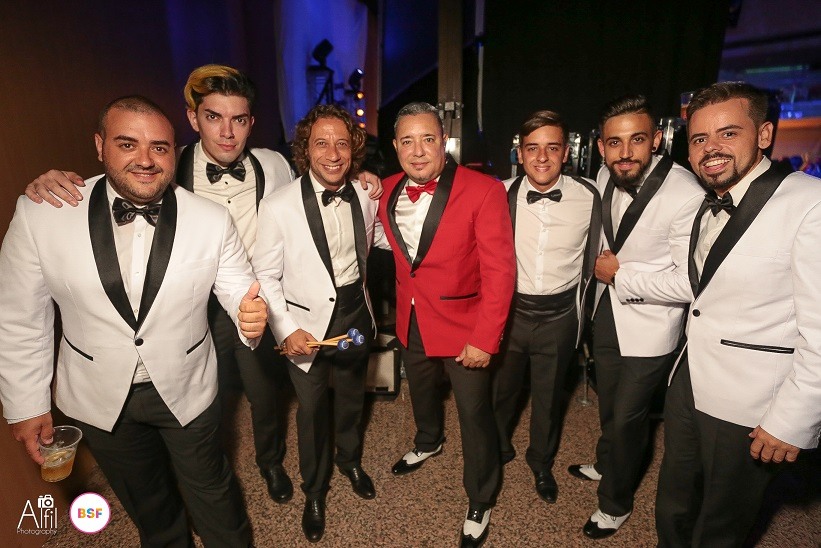
In a very short time and leaving from the Canary Islands, La Candela has been able to carve out a niche for itself within the salsa scene worldwide. Their music can be heard from Australia to California, passing through such exotic places as Taiwan, Malaysia, India, etc. With the new album, they intend to establish themselves in this market and make different presentations that are already closing both in Spain and in the rest of Europe and America.
La Candela is made up of: Rafael “Richie” Rodríguez, voice; Fonsi Rodríguez, piano: Alejandro Fuentes, bass: Jordi Arocha, vibraphone; Fran Martín, congas; Alberto Martín, timpani; José Brito, bongo and bell. A band that mixes experience with youth, which provides a fresh and different sound for the dancer. Without a doubt La Candela is here to stay “On Time”.
The album is now available on the digital music platform CDBaby.com and soon on iTunes, Google Play, Spotify, etc. It will also be available very soon in CD and vinyl format at www.cucumpa.com
More information on Facebook: lacandelasalsa
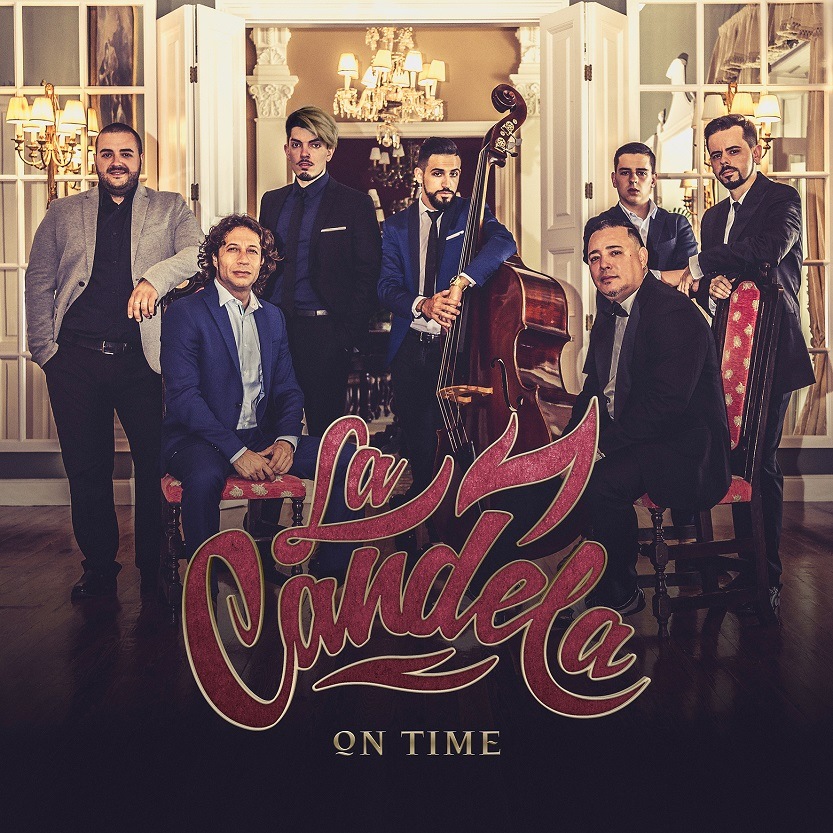
disco On Time – Candela Salsa Orchestra

